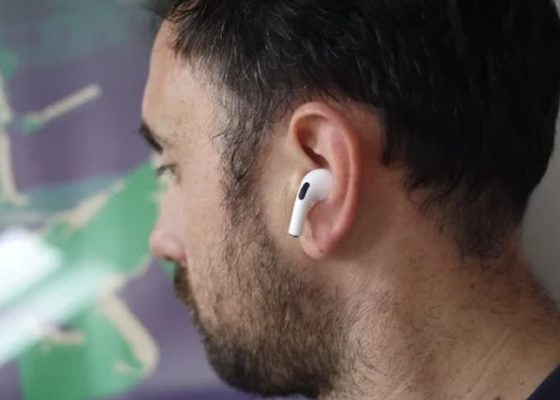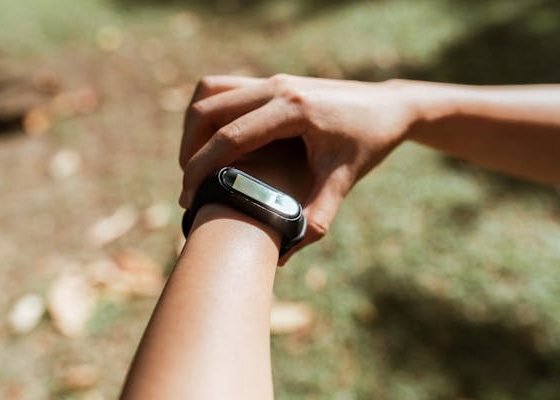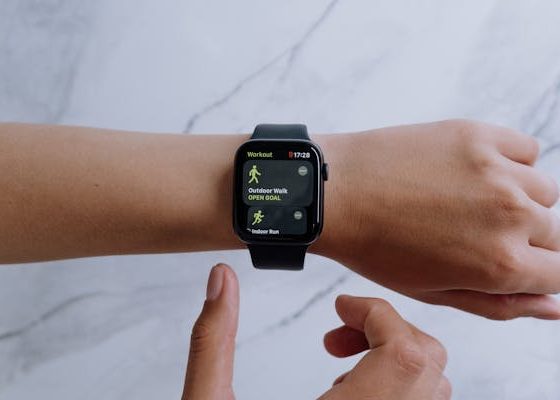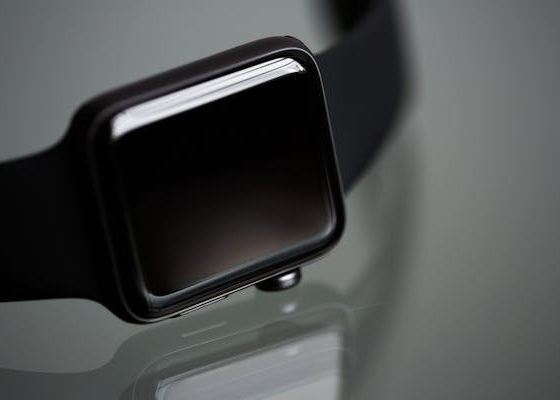
The convergence of technology and healthcare has given rise to a new era of personal health management through wearable medical devices. These unobtrusive gadgets have revolutionized the way we monitor our well-being, providing real-time data on a myriad of vital metrics. In this article, we delve into the world of wearable wellness, exploring the diverse range of medical devices available and their impact on health and wellness.
Introduction
The allure of wearable medical devices lies in their promise of continuous health monitoring. The modern world is replete with options for those keen to track their health, ranging from fitness trackers to advanced smartwatches with health features. But why is this technology so crucial in our quest for better health?
The Rise of Wearable Medical Devices
Wearable medical devices are not a mere fad; they have firmly established themselves as essential tools for health-conscious individuals. These devices are not just about counting steps; they are about empowering users with vital health data.
The Intersection of Technology and Health
The synergy between technology and health is evident in the proliferation of these wearables. By leveraging the power of data and connectivity, these devices are catalyzing a paradigm shift in how we approach health and wellness.
Importance of Monitoring Health
Preventive healthcare is the watchword of our times. Monitoring our health proactively helps us catch potential issues early, leading to better health outcomes and reduced healthcare costs.
Purpose of the Article
In this article, we will explore the various types of wearable medical devices available, the health metrics they monitor, the benefits they offer, and the challenges they present. We will also delve into real-life stories of individuals who have benefited from these devices and discuss how to choose the right wearable for your needs.
Types of Wearable Medical Devices
Wearable medical devices come in several forms, each designed with specific purposes in mind.
Wearable Fitness Trackers
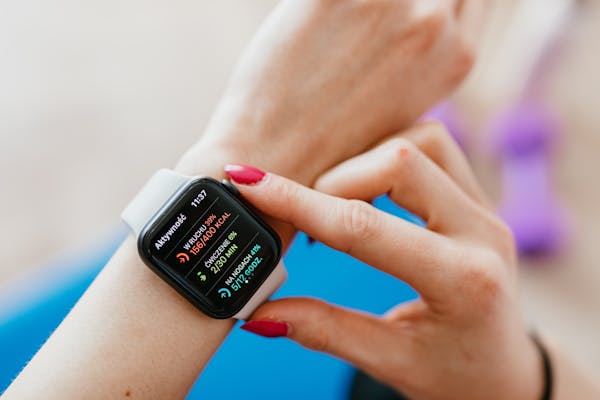
Fitness Tracker is a revolutionary device designed to monitor various aspects of physical activity and health metrics in real-time. These devices are equipped with sensors that track movements, heart rate, sleep patterns, and even stress levels.
By collecting and analyzing data, wearable fitness trackers provide users with valuable insights into their overall health and fitness levels. Additionally, many of these devices offer features such as GPS tracking, workout guidance, and integration with smartphone apps for comprehensive health management.
As wearable medical devices, fitness trackers play a crucial role in promoting proactive health monitoring and encouraging individuals to maintain active lifestyles. With the growing popularity of wearable medical devices like fitness trackers, the healthcare industry is witnessing a paradigm shift towards personalized and preventive healthcare.
Features and Functions: These devices offer a spectrum of features, including step counting, distance tracking, and heart rate monitoring. They often sport GPS capabilities and are water-resistant, suitable for various activities.
Benefits for Fitness Enthusiasts: Fitness trackers provide real-time feedback, enabling users to optimize their workouts, monitor their progress, and set goals. They also promote a more active lifestyle.
Limitations and Considerations: While they excel in fitness tracking, they may fall short in comprehensive health monitoring, such as ECG or blood pressure measurement.
Smartwatches with Health Features
Beyond Telling Time: Smartwatches are not just about keeping time; they’ve evolved into multifunctional devices, offering an array of health-related features.
Health-Tracking Capabilities: Many smartwatches now boast features like ECG monitoring, sleep tracking, and even blood oxygen level measurement.
User Experiences: Users appreciate the convenience of having health data at their fingertips and the potential for early health issue detection.
Medical Alert Devices
Medical alert devices are wearable gadgets designed to provide assistance in emergency situations, particularly for individuals with medical conditions or seniors living alone. These devices typically come in the form of pendants or bracelets equipped with buttons that, when pressed, trigger an alert to a monitoring center or designated contacts.
This alert can summon medical assistance or notify loved ones of the wearer’s situation. Medical alert devices are an integral part of the broader category of wearable medical devices, which encompass various technologies aimed at monitoring health metrics, providing timely interventions, and enhancing overall well-being.
A Lifeline for Seniors: Medical alert devices, often worn as pendants or wristbands, are specifically designed for seniors, providing quick access to emergency services in case of falls or other medical emergencies.
How They Work: These devices are equipped with emergency buttons that, when pressed, connect users to a response center staffed by professionals.
Choosing the Right Device: Selecting the right medical alert system involves considering factors such as response time, service plans, and compatibility with the user’s lifestyle.
Health Monitoring and Wellness
One of the core principles of wearable wellness is the continuous monitoring of health metrics, offering users real-time data that can impact both their preventive care and disease management.
Continuous Health Tracking
Real-Time Data: Wearable devices provide users with a constant stream of health data, offering insights that might otherwise go unnoticed.
Impact on Preventive Care: Continuous monitoring empowers individuals to take action when needed, reducing the risk of potential health issues.
Disease Management: For those with chronic conditions, wearable devices can offer invaluable support in managing their health.
Health Metrics Monitored
Wearable medical devices can track a variety of health metrics, providing a holistic view of your well-being.
Heart Rate and ECG: These devices monitor heart rate and can even provide electrocardiogram (ECG) data, helping users keep tabs on their heart health.
Sleep Patterns: By analyzing sleep patterns, wearables offer insights into sleep quality, which is essential for overall health.
Physical Activity: Tracking steps, distance, and intensity of physical activity motivates users to maintain an active lifestyle.
Blood Pressure: Monitoring blood pressure is crucial for those with hypertension or at risk of cardiovascular disease.
Blood Glucose: Some devices can monitor blood glucose levels, especially important for diabetics.
Stress Levels: Stress monitoring provides valuable insights into emotional well-being.
Empowering Individuals
The real power of wearable wellness lies in the empowerment it affords users, enabling them to take charge of their health.
Personalized Insights: These devices offer tailored recommendations based on individual data, encouraging users to make informed decisions.
Motivation and Behavior Change: The ability to set and track goals motivates users to maintain healthier lifestyles.
Early Detection of Health Issues: With continuous monitoring, users can detect abnormalities and potential health issues in their early stages, prompting timely medical intervention.
Reviewing Popular Wearable Medical Devices

With a myriad of options in the market, it’s essential to examine some of the most popular wearable medical devices to understand their offerings and user experiences.
Apple Watch Series
Health Features: Apple Watch Series offers a range of health features, including ECG, fall detection, and the ability to measure blood oxygen levels.
User Experience: Users praise its seamless integration with the Apple ecosystem and its sleek design.
Compatibility: These devices are designed for Apple users and require an iPhone for full functionality.
Fitbit Wearables
Fitness Tracking: Fitbit devices excel in fitness tracking, offering detailed insights into daily activity, heart rate, and sleep patterns.
Health and Wellness: They also provide health and wellness features, such as stress management tools and the ability to track menstrual cycles.
App Integration: Fitbit integrates with a user-friendly app that helps users analyze their data comprehensively.
Garmin Health Devices
Sport and Fitness Focus: Garmin’s devices are favored by athletes for their sport-specific tracking capabilities.
Health Monitoring: These devices also offer health metrics monitoring, including heart rate, stress, and sleep.
Target Audience: Garmin’s focus on sports and fitness appeals to those with active lifestyles.
Medical Alert Systems
Brands and Options: Medical alert systems come from a variety of providers, each offering distinct plans and services.
Subscription Services: Users need to choose a subscription service that suits their needs and budget.
User Stories: Real-life testimonials can help individuals understand the benefits and limitations of medical alert systems.
Benefits and Challenges
While wearable wellness devices offer a multitude of advantages, they are not without their challenges.
The Advantages of Wearable Health Tech
Convenience and Accessibility: Wearable devices provide immediate access to health data, promoting a proactive approach to health management.
Active Lifestyle Promotion: They encourage users to stay active by setting goals and tracking progress.
Health Cost Savings: Preventive care and early detection can reduce healthcare costs in the long run.
Potential Drawbacks and Concerns
Data Privacy and Security: Users need to be vigilant about their data privacy and ensure they use secure, reputable devices.
Accuracy and Reliability: The accuracy of data may vary between devices, and users should be aware of these limitations.
Over-Reliance on Technology: There’s a risk of over-reliance on technology, leading users to neglect common sense and regular check-ups.
How to Choose the Right Wearable Device
The right choice of a wearable device depends on individual needs, preferences, and health goals.
Assessing Your Health Goals
Fitness vs. Health Monitoring: Users should clarify whether they prioritize fitness tracking or require comprehensive health monitoring.
Medical Conditions: Those with specific medical conditions may need specialized devices.
Compatibility with Your Lifestyle
Activity Level: Consider your activity level and the durability of the device you need.
Device Design: The design of the device should align with your personal preferences and lifestyle.
Budget Considerations: Budget plays a crucial role in the selection process, with different devices offering varying price points.
Research and Reviews
Consumer Feedback: Reading user reviews and ratings can provide valuable insights into device performance.
Expert Opinions: Expert reviews and recommendations can help users make informed choices.
Clinical Studies: Some devices have clinical validation, which can enhance their credibility.
Real-Life Stories
The power of wearable wellness is best exemplified through real-life stories.
Personal Success Stories
Life-Changing Moments: Users have experienced life-changing moments by using wearable devices to detect and address health issues.
Improved Health Outcomes: Many users have achieved improved health outcomes through continuous monitoring and timely intervention.
Motivation and Accountability: Wearable devices serve as a constant motivator and reminder to prioritize health.
User Cautionary Tales
Lessons Learned: Some users have learned valuable lessons through experiences where wearables didn’t perform as expected.
Device Limitations: Understanding the limitations of these devices can prevent unrealistic expectations.
Managing Expectations: Users should strike a balance between the benefits and limitations of wearables.
Conclusion
The future of wearable wellness is poised for further growth and innovation, with technology continuously evolving to better serve our health needs.

